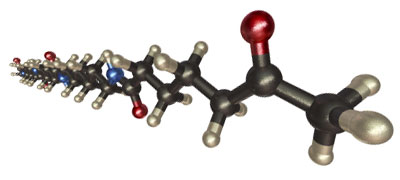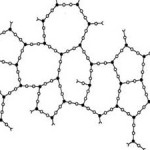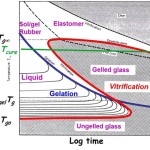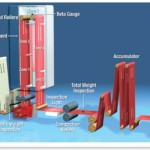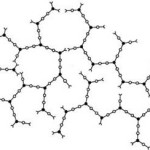In our last post we described the technique called time-Temperature superposition. Using t-T superposition, a “master curve” can be constructed that is useful in analyzing the curing of thermosets. The requirement is to have either conversion or glass transition temperature (Tg) data as a function of time for several isothermal cure temperatures. (Image on left courtesy of ... [Click to Continue...]
Thermoset Characterization Part 8: Time-Temperature Superposition
In our last post we discussed the concept of vitrification and the impact on the cure kinetics (dramatic slowing of the reaction rate in the glassy state). When examining curing data such as the Tg versus cure time plots from the last post, it is often helpful to create a “master curve.” Remember the Tg-time relationships had the same shape but appeared to be shifted along ... [Click to Continue...]
Thermoset Characterization Part 7: Introduction to Vitrification
Vitrification, now that’s an interesting word to use in a thermoset polymer discussion. The Merriam-Webster online dictionary defines vitrify as “to convert into glass or a glassy substance by heat and fusion.” In the case of thermosets, the definition is pretty close, since the glassy state can be obtained during cooling from the rubbery state and as we will see in this ... [Click to Continue...]
Thermoset Characterization Part 6: Practical Considerations for Gelation
In the last two posts, Dr. Prime discussed gelation and the relationship of functional group conversion at the gel point. Understanding the conversion at gelation has practical ramifications in many thermoset processes. As noted in a previous post, in the case of five minute epoxy, five minutes is the gel time. During thermoset processing, the ability to flow essentially ... [Click to Continue...]
Thermoset Characterization Part 5: Calculation of Gel Point
Guest Post by Dr. R. Bruce Prime In the last post we introduced the concept of gelation. Since gelation is the practical endpoint during thermoset processing, it is important to understand how the chemistry and stoichiometric ratios impact the conversion at the gel point. First to review, gelation is the point during cure where a viscous liquid becomes a ... [Click to Continue...]
